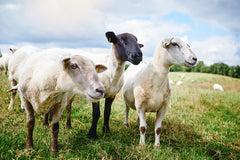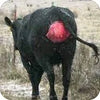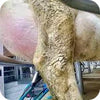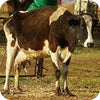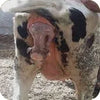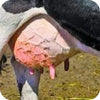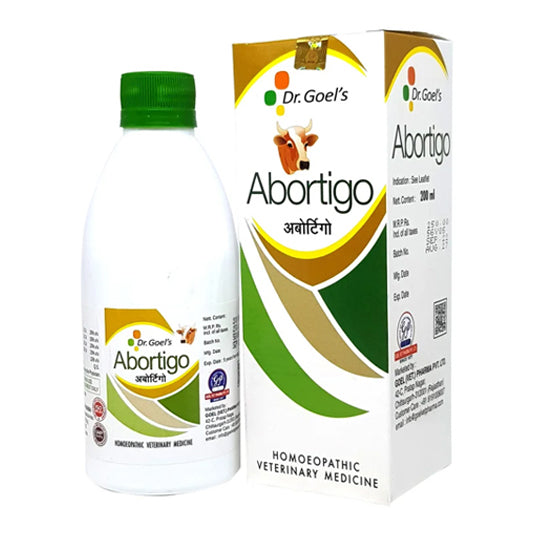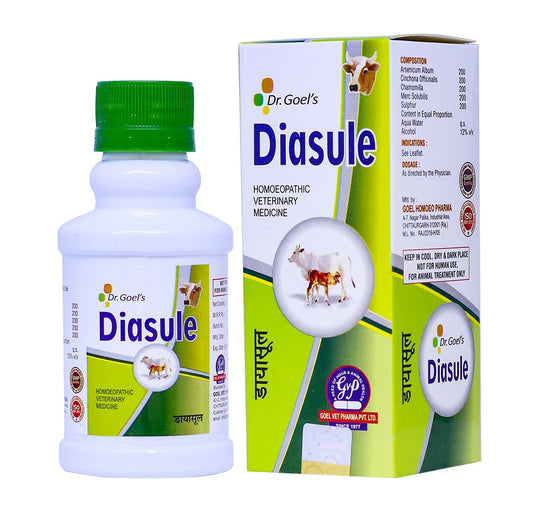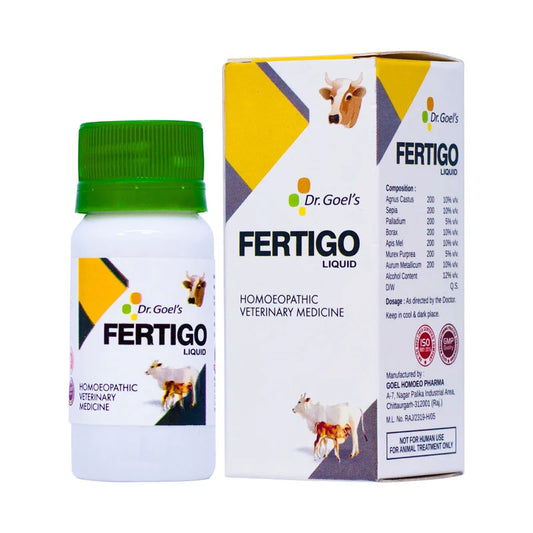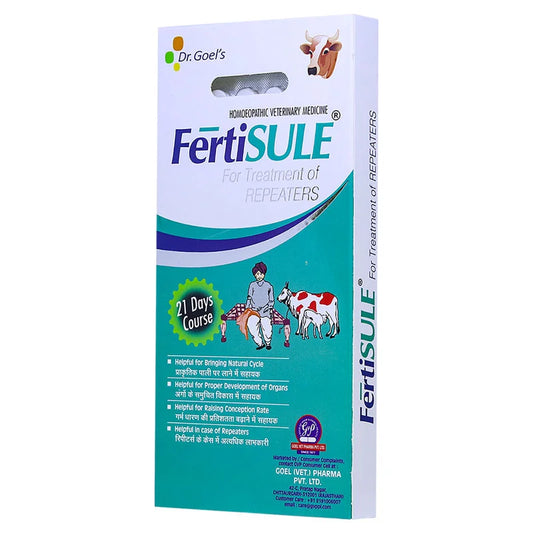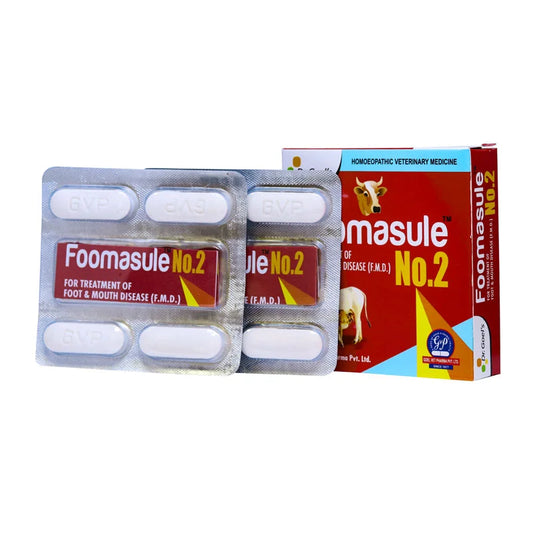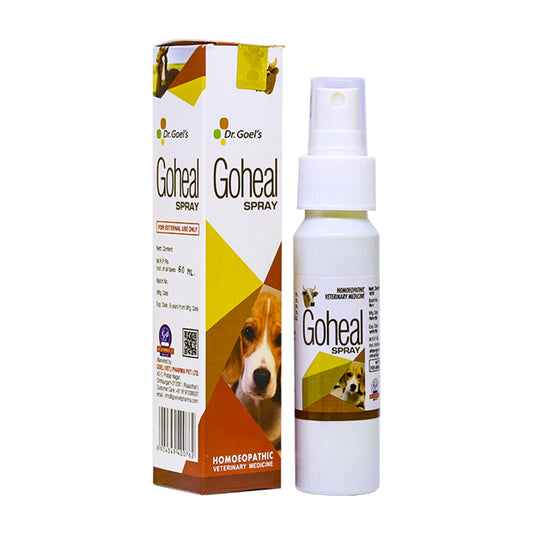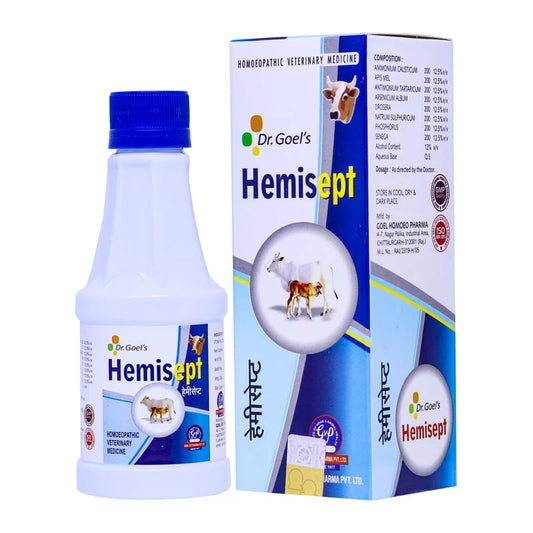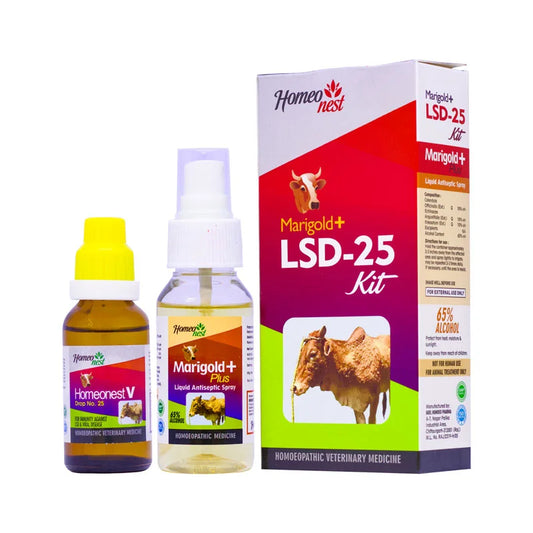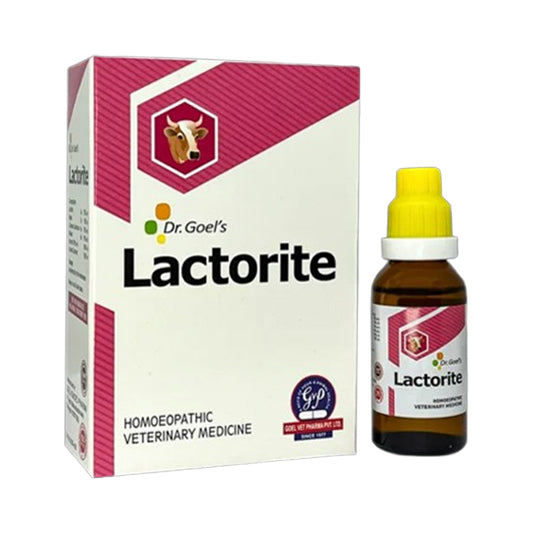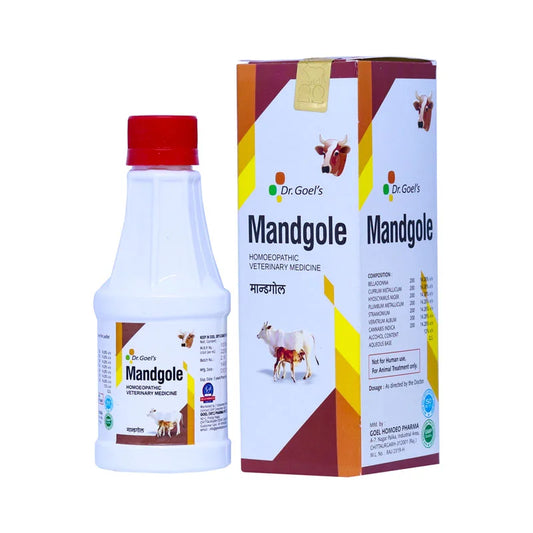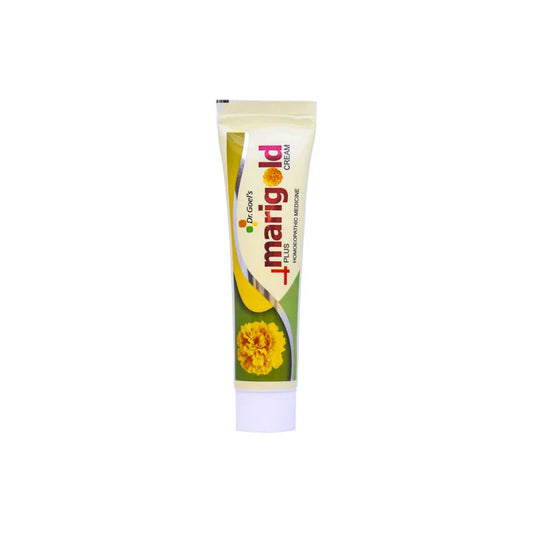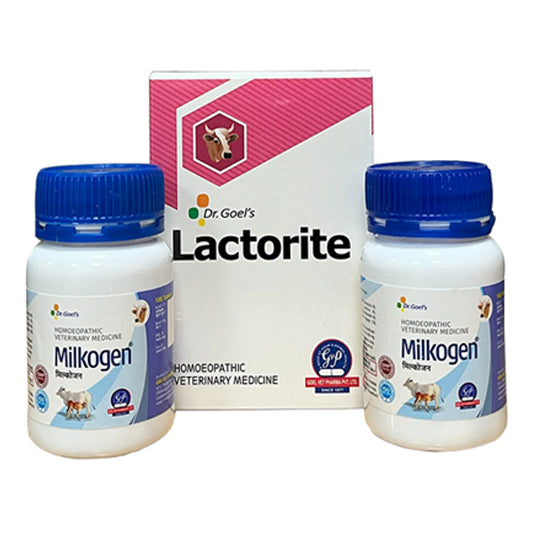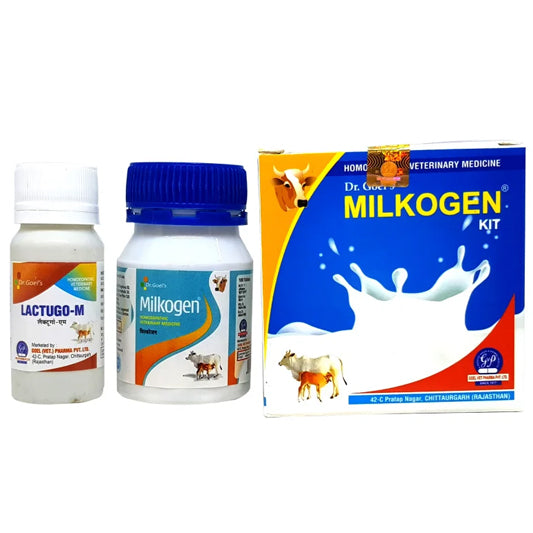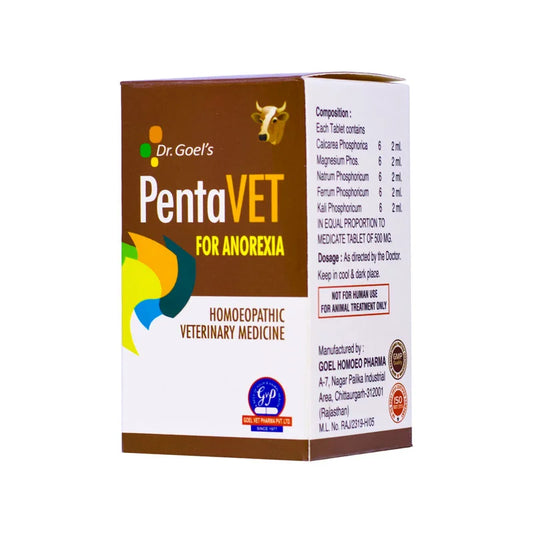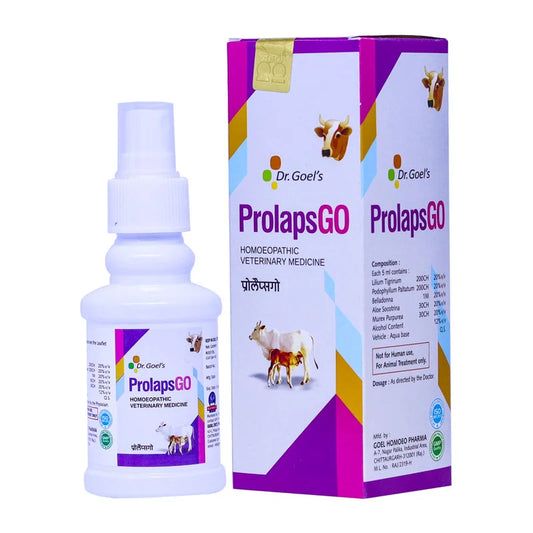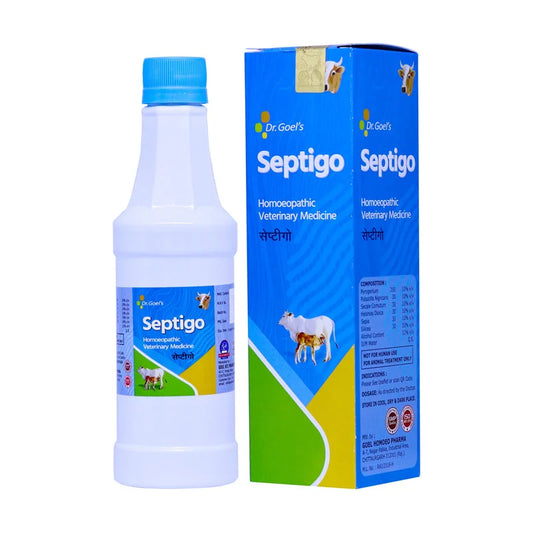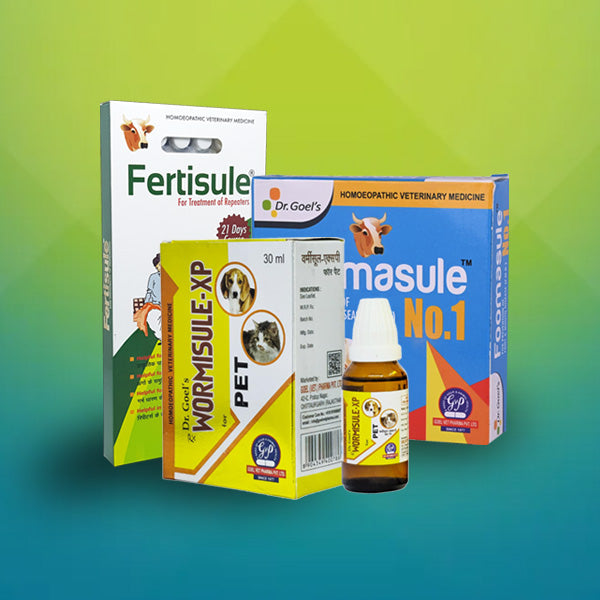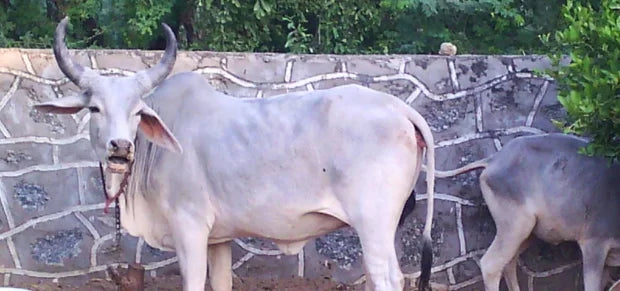
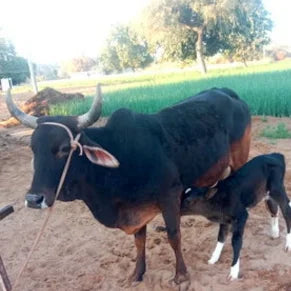
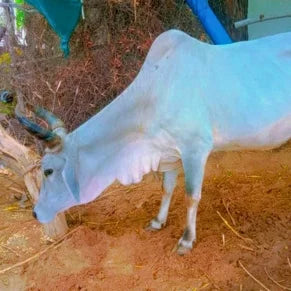
Sanchori Cow
| Lifespan The average lifespan of a Sanchoricow is 12 to 15 years, depending on care, nutrition, and diseaseprevention. |
Origin Originated in Sanchore, Jalore district of Rajasthan, India.This breed has been traditionally used for milk production in desert andsemi-arid regions |
| Temperature Adaptability Highly resistant to hot and dry climates. Can survive in harsh environments with limited water and food. Performs well in Rajasthan's arid zones. |
Weight Mature Cow: 350 – 400 kg Mature Bull: 500 – 550 kg Calves at birth: 20 – 25 kg |
| Colors Predominantly white with occasional light grey or brown patches. The muzzle, tail switch, and hooves are usually black. Their skin is loose with a well-developed dewlap. |
Weight -- |
About the Breed
Strong and healthy body structure, with a hump on the back (more prominent in bulls).Long and curved horns, oriented outward, upward, and inward.Prominent large dewlap, contributing to heat tolerance.Mild temperament, making them easy to handle.High disease resistance compared to foreign breeds
Milk Production
Sanchori cows are known for good milk yield, averaging 8-12 liters per day.
The milk contains 4.5% to 5.0% fat, making it nutritious and suitable for dairy products.
Some well-maintained cows can produce up to 20 liters per day under optimal feeding conditions.
Common Problems in Sanchori Cows
Nutritional Deficiencies
- Since they originate from arid regions, poor-quality fodder can lead to low energy levels and mineral deficiencies.
- Farmers should provide green fodder and mineral supplements.
Tick Infestation & Skin Diseases
- Sanchori cows can develop ticks, fleas, and mites, leading to skin irritation and infections.
- Regular grooming and anti-parasitic treatments are essential.
Reproductive Issues
- Low-quality nutrition can cause fertility problems.
- Proper feeding and veterinary checkups are necessary to maintain good breeding health.
Heat Stress
- In extreme heat conditions, they may suffer from dehydration and exhaustion.
- Providing shade, cool water, and ventilation helps prevent stress
Hoof Problems
- In wet or unhygienic conditions, they can develop hoof infections and foot rot.
- Regular hoof trimming and hygiene practices help prevent issues.




